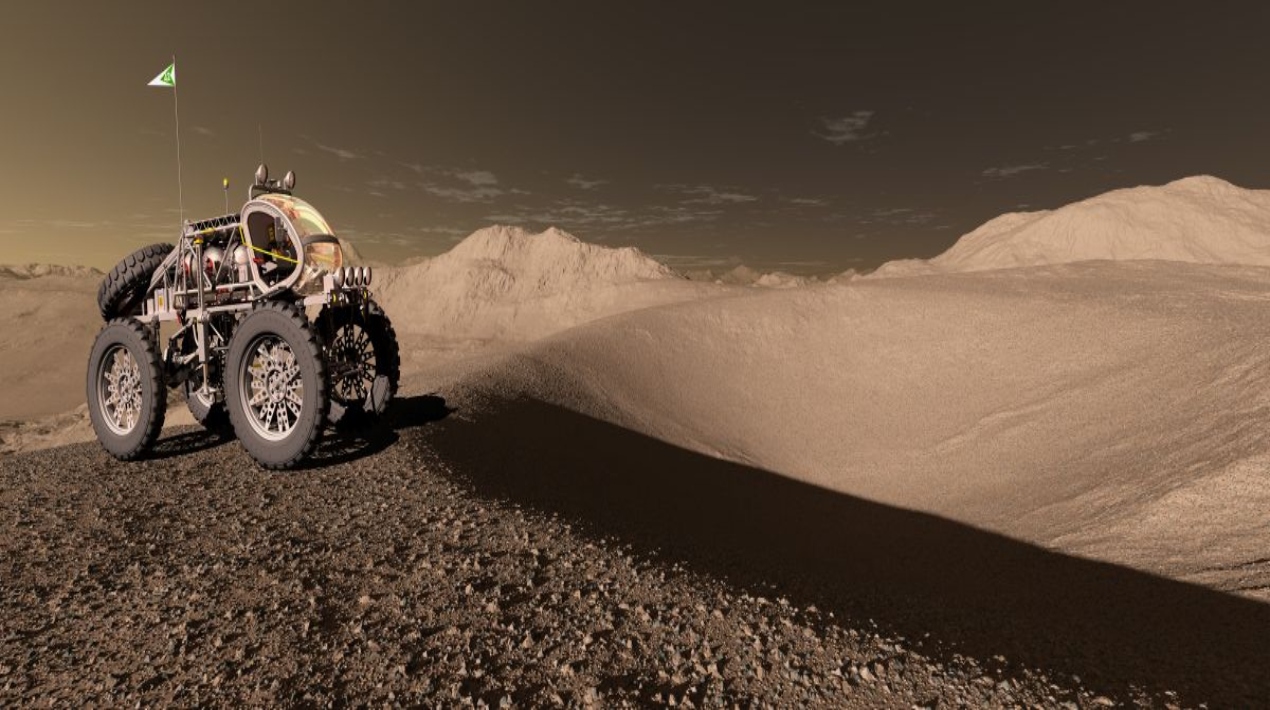
A little bit of dust from Mars seems to go a long way. In a 3D printing process, a small amount of simulated crushed Martian rock was mixed with a titanium alloy to make a strong, high-performance material that could be used to make tools or rocket parts on Mars in the future.
Researchers at Washington State University made materials with as little as 5 per cent and as much as 100% Martian regolith. Martian regolith is a black powder that is supposed to look like the inorganic rocks on Mars’ surface.
“In space, 3D printing is something that has to happen if we want to think of a manned mission because we really cannot carry everything from here,” says Amit Bandyopadhyay, an engineer at Washington State and the corresponding author.
Transporting items into space is a costly endeavour. Everything that can be produced in space or on a planet saves money and weight. Bandyopadhyay and coworkers utilised a powder-based 3D printer to blend simulated Martian rock dust with a titanium alloy, a metal frequently used in space exploration due to its strength and heat resistance.
As part of the process, a powerful laser was utilised to heat the materials to temperatures beyond 2,000 degrees Celsius (3,632 F). The molten regolith-ceramic and metal mixture from Mars flowed onto a revolving platform, allowing the scientists to construct numerous shapes and sizes. After the material had cooled, its strength and durability were assessed.
As Bandyopadhyay pointed out, defects are irrelevant in the context of radiation shields even though the ceramic substance made from 100 per cent Martian rock dust cracked as it cooled. The mixture with 5% regolith did not break or bubble, and it was better than the titanium alloy by itself. The results mean that the mixture could be used to make parts that are light but can still hold heavy weights.
At the same time, the U.S. National Science Foundation put out a call for a new educational centre at the Arecibo Observatory in Puerto Rico that would be a world-class multidisciplinary centre. This centre is supposed to be a place where STEM education and outreach come together.
At the Arecibo Observatory site, there are already programmes to teach and reach out to the public. The centre would add to those programmes. It would also start new STEM-related programmes and projects. People think that the new centre will open in the year 2023.
Also, the centre’s goals would be to promote STEM education, learning, and teaching; support basic and applied research in STEM and STEM education; increase participation in STEM and build on and make the most of existing partnerships and collaborations.
The centre would have four main jobs that would help it reach its goals.
- Get people interested in STEM through education and outreach;
- Make and run a programme for research and developing the workforce;
- Encourage people from underrepresented groups to take part in STEM education and research;
- Grow and build real relationships with people inside and outside of Puerto Rico.
The request for proposals asks for ideas on how to run the centre’s education, STEM research, and outreach. This new chance to open an educational centre is in line with the “CHIPS and Science Act.”
The act encourages the National Science Foundation, in consultation with other Federal agencies, to look for ways to strengthen and expand the role of the Arecibo Observatory in Puerto Rico through education, outreach, and diversity programmes, as well as future research capabilities and technology at the site.
















